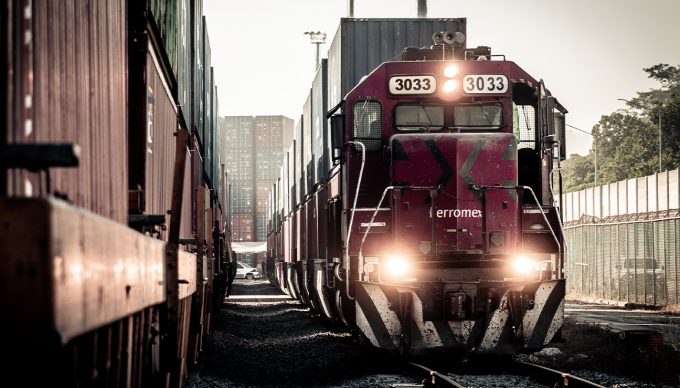Asia-Mexico trade – the supply chain version of 3D chess
A complex knot of mutual and exclusive interests

Mexico’s box ports continue to boost throughput, fuelled by nearshoring and roaring trade with the US.
Manzanillo, the nation’s largest gateway, clocked up 7.3% growth for the first three months of the year, with 8,324,581 tons. Imports surged 15.7%, while exports advanced at a more stately 6.4%.
Box traffic at the port’s four container terminals climbed 17.7%, to 958,271 teu, driven by a 19.2% rise in imports.
Manzanillo handles about one-third of Mexico’s exports and 40% of containerised imports.
Lazaro Cardenas, Mexico’s second-largest cargo port, has not yet released traffic numbers for March, but February saw a 35% surge in container volumes, to 364,368 teu, while the port’s auto business rose 5%, to 100,843 units. Containerised imports climbed 33%, while exports jumped 53%.
Mexico’s waterborne international trade has been on a tear this year, kicking off with 20% growth in box traffic in January. The two largest ports on the Gulf coast, Veracruz and Altamira, registered increases of 13.1% and 29.5% respectively. On the Pacific coast, which accounted for 73% of traffic, Manzanillo and Lazaro Cardenas saw box volumes grow 13.8% and 40% respectively.
Trade with China has been a major driver. According to Xeneta, China’s containerised exports to Mexico soared 60% in January. Last year, China-Mexico trade grew 34.8%, up from a modest 3.5% in 2022.
Chinese manufacturers, as well as their counterparts elsewhere, have been rushing into Mexico to retain access to the US market, which helped it regain the crown as the largest trade partner for its northern neighbour last year. That same momentum made Laredo overtake the port of Los Angeles as the largest gateway for US imports.
In airfreight too, Mexico is seeing additional volumes. One senior airfreight forwarder at a major player told The Loadstar: “We certainly see the volume development over the last 9-12 months going into Mexico.
“Included in the US region are our transhipment ports that would be used by China, which feeds cargo into markets like Los Angeles, down into Guadalajara and Mexico City. And what we are seeing is a volume increase into Mexico overall, which is then, I think, going to cause some carrier shifts and, hopefully, carriers adding capacity down there.”
Ports meanwhile have struggled with the increased traffic. In February, congestion at Manzanillo prompted some ocean carriers to skip calls at the port and offload containers at Lazaro Cardenas instead, for onward transport by rail or vessel. Lazaro Cardenas managed to avert serious delays on its docks, but its ro-ro capacity was choked by a large increase in auto traffic.
As of yesterday, delays at Manzanillo were nine days, whereas Lazaro Cardenas showed delays of two days, according to GoComet. On the Gulf coast, delays were two days at Veracruz and four at Altamira.
Manzanillo has been working on boosting rail capacity and connectivity. In partnership with CMA CGM, Contecon Manzanillo, a subsidiary of International Container Terminal Services, established a block train service to Valle de Mexico last year, followed by a similar service to Monterrey, to provide direct rail access to Mexico’s two chief consumption and production hubs.
Its rail tonnage was up 68% in January and Contecon intends to commence the expansion of its rail tracks and acquire new loading equipment to more than double its rail capacity.
At Lazaro Cardenas APM Terminals started the second expansion phase at its facility last autumn, a $140m project to double capacity to 2.2m teu and upgrade its operating system. This year Hutchison Ports is set to expand its Specialised Container Terminal 1, a $220m investment to boost quay and yard space.
Comment on this article